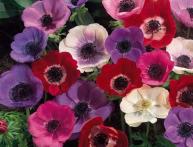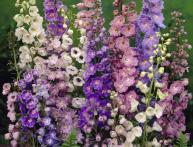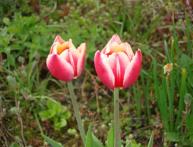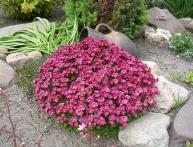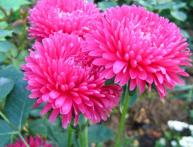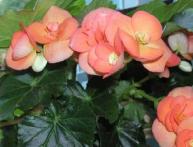Climbing nasturtium is a good choice for garden decoration
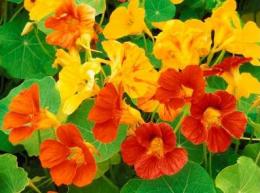
Despite a little oblivion, climbing nasturtium, like many of its other species, is one of the popular plants, quite beloved by gardeners. This is a beautiful perennial with graceful leaves covered with a matte coating.
Climbing nasturtium is not particularly difficult to care for. When grown in a flower bed or in pots, it is often used to decorate flower beds.
During flowering, nasturtium requires regular, thorough watering and fertilizing with mineral fertilizers in small doses (about once every 20 days). She loves sunny places, although it feels good in a slightly shaded place.
Nasturtium is planted in loose, well-moistened soil, using long-acting fertilizer (fresh manure is not recommended). During the cold season, the tubers need to be removed and stored in dry peat.
Climbing nasturtium blooms a couple of months after planting, continuing to bloom until frost. In the fall, it is recommended to cut the plant straight to the base so that there are no problems when replanting. The plant does not tolerate low temperatures, and has a negative attitude towards even light frost, therefore, in order for the plant to continue to please the eye, care should be taken to winterize it before the beginning of autumn.
As already mentioned, climbing nasturtiums need regular watering, but excessive moisture is best avoided.Nasturtium seedlings are planted at the end of winter - beginning of spring, being sure to replant it in a permanent place along with the lump of earth in which it grew. This way she will settle into her new place painlessly.


